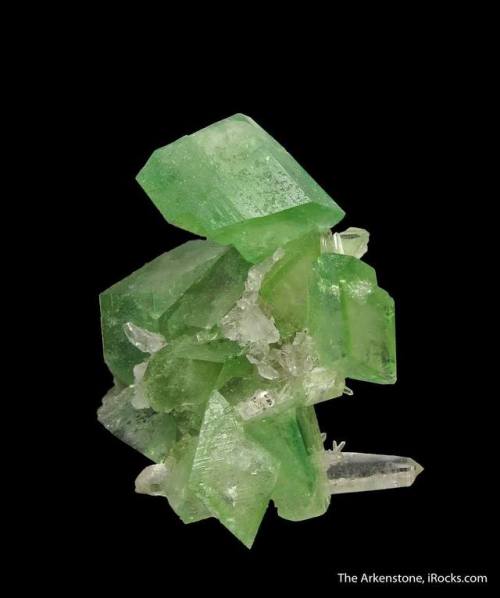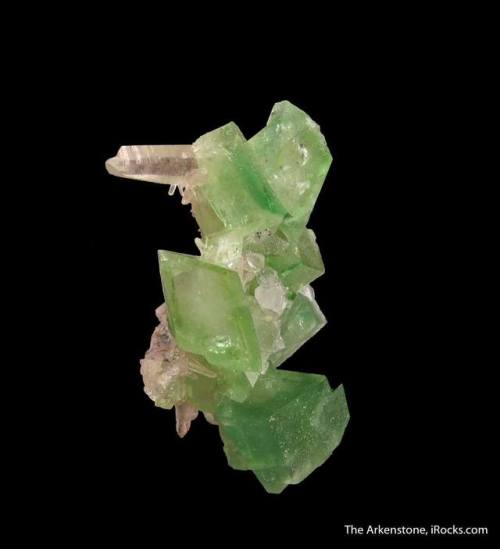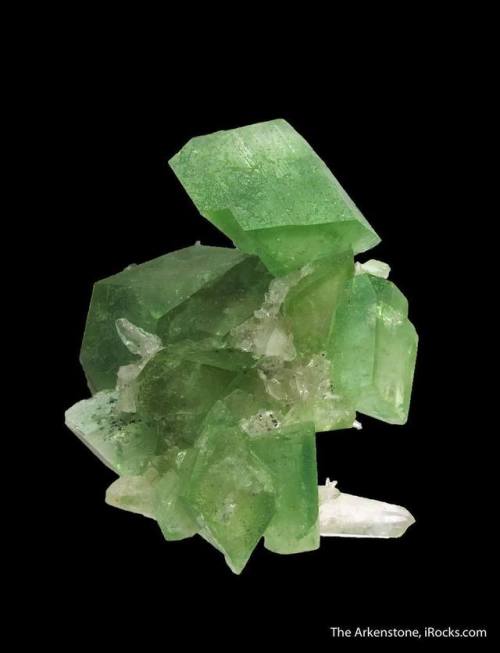Augelite Varying from white through green, yellow or rosy, this rare phosphate mineral was discovere
Augelite Varying from white through green, yellow or rosy, this rare phosphate mineral was discovered in a Swedish iron mine in 1868 and was named after the Greek word for dawn, reflecting the pearly nature of its lustre (the reflectivity of the surface of a crystal). It is created when heat, pressure a nd hydrous fluids metamorphose aluminium and phosphorous rich sediments into new minerals, occiasional granite pegmatites or in high temperature deposits formed in veins by hot fluids precipitating out their dissolved content when they encounter a change in chemical or pressure/temperature conditions, changing the solubility quotiens of the varied elements within. The mineral is soft and brittle (4.5 on Mohs hardness scale) though the rare transparent material is sometimes faceted for amateurs of that sort of thing (with stones rarely more than a a carat, 0.2 of a gram, the largest known are around 3). As well as its type locality, material also comes from California (White Mountain, sometimes facet grade), New Hampshire, Uganda, Bolivia, and Peru, where this lovely 2.8 x 2.3 x 1.6 cm cluster of minty green crystals sitting atop colourless quartz was mined. LozImage credit: Rob Lavinsky/iRocks.comhttps://www.mindat.org/min-451.htmlhttp://bit.ly/2hqv6TRhttp://www.galleries.com/Augelitehttp://bit.ly/2ynH57Nz -- source link
#augelite#geology#phosphate#phosphous#sulfur#greek#sweden#mineral#mineralogy#mineralmonday



